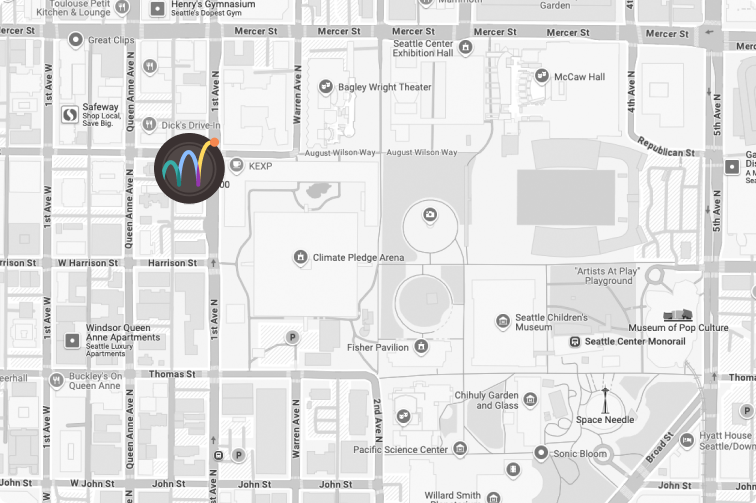
EXPERTISE
Persistent Pain Management
Helping individuals manage chronic pain through a holistic, multidisciplinary approach.
EXPERTISE
A roadblock to healing
Unlike acute pain, which is a direct response to injury and usually resolves as healing occurs, persistent pain may continue even when the original cause is no longer present. It can be constant or come and go, and it may not have a clear physical cause.
EXPERTISE
What is persistent pain?
Persistent pain, also called chronic pain, is pain that lasts for more than three months, or beyond the expected healing time after an injury or illness.

Understanding persistent pain
Persistent pain is not just a physical sensation—it also affects emotions, sleep, energy levels, and daily functioning. It may be caused by an ongoing condition like arthritis or nerve damage, but sometimes no clear cause is found.

Common causes of persistent pain
Persistent pain can arise from a variety of underlying causes, many of which involve long-term health conditions or injury-related damage. At RIW, we specialize in addressing persistent pain resulting from injury. After injury, a person may become hesitant to move due to fear of reinjury. This not only makes the nervous system more reactive to activity, but also can contribute to deconditioning and compensating which may make pain worse over time. Other sources of persisting pain are arthritis, which can also develop after injury, and other pain conditions like fibromyalgia, endometriosis, irritable bowel syndrome, and recurring headaches and migraine headaches. The approaches used at RIW can also help with addressing these sources of persistent pain.
Nerve damage, known as neuropathic pain, may result from conditions like diabetes, shingles, or injuries, and often feels like burning, tingling, or shooting pain. Fibromyalgia is another frequent cause, involving widespread pain and heightened sensitivity without clear tissue damage.
Persistent pain can also follow surgeries or injuries, even after the physical healing appears complete. Other chronic conditions like endometriosis, irritable bowel syndrome (IBS), or migraines may contribute to long-term pain as well. In some cases, the exact cause remains unclear, with the nervous system itself becoming overly sensitive and continuing to send pain signals without an identifiable source.
